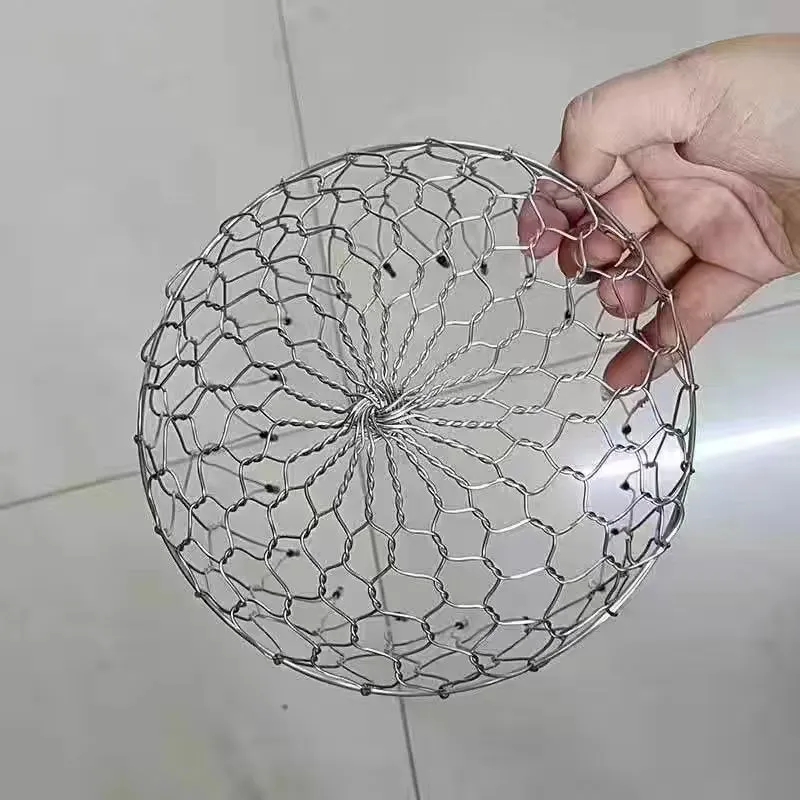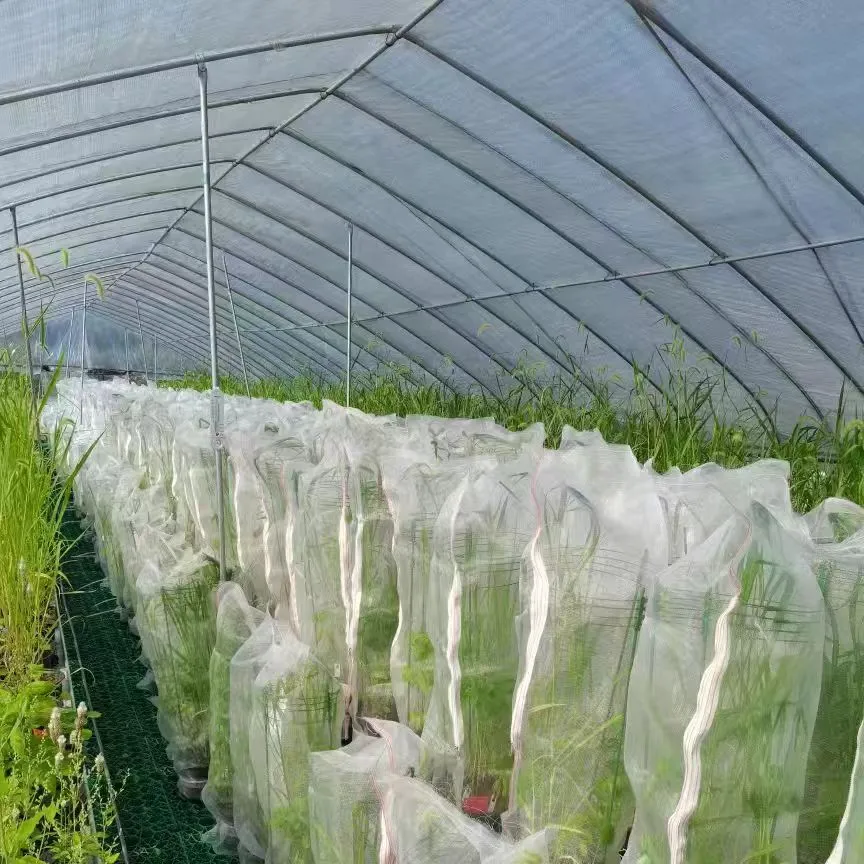-
 Afrikaans
Afrikaans -
 Albanian
Albanian -
 Amharic
Amharic -
 Arabic
Arabic -
 Armenian
Armenian -
 Azerbaijani
Azerbaijani -
 Basque
Basque -
 Belarusian
Belarusian -
 Bengali
Bengali -
 Bosnian
Bosnian -
 Bulgarian
Bulgarian -
 Catalan
Catalan -
 Cebuano
Cebuano -
 China
China -
 Corsican
Corsican -
 Croatian
Croatian -
 Czech
Czech -
 Danish
Danish -
 Dutch
Dutch -
 English
English -
 Esperanto
Esperanto -
 Estonian
Estonian -
 Finnish
Finnish -
 French
French -
 Frisian
Frisian -
 Galician
Galician -
 Georgian
Georgian -
 German
German -
 Greek
Greek -
 Gujarati
Gujarati -
 Haitian Creole
Haitian Creole -
 hausa
hausa -
 hawaiian
hawaiian -
 Hebrew
Hebrew -
 Hindi
Hindi -
 Miao
Miao -
 Hungarian
Hungarian -
 Icelandic
Icelandic -
 igbo
igbo -
 Indonesian
Indonesian -
 irish
irish -
 Italian
Italian -
 Japanese
Japanese -
 Javanese
Javanese -
 Kannada
Kannada -
 kazakh
kazakh -
 Khmer
Khmer -
 Rwandese
Rwandese -
 Korean
Korean -
 Kurdish
Kurdish -
 Kyrgyz
Kyrgyz -
 Lao
Lao -
 Latin
Latin -
 Latvian
Latvian -
 Lithuanian
Lithuanian -
 Luxembourgish
Luxembourgish -
 Macedonian
Macedonian -
 Malgashi
Malgashi -
 Malay
Malay -
 Malayalam
Malayalam -
 Maltese
Maltese -
 Maori
Maori -
 Marathi
Marathi -
 Mongolian
Mongolian -
 Myanmar
Myanmar -
 Nepali
Nepali -
 Norwegian
Norwegian -
 Norwegian
Norwegian -
 Occitan
Occitan -
 Pashto
Pashto -
 Persian
Persian -
 Polish
Polish -
 Portuguese
Portuguese -
 Punjabi
Punjabi -
 Romanian
Romanian -
 Russian
Russian -
 Samoan
Samoan -
 Scottish Gaelic
Scottish Gaelic -
 Serbian
Serbian -
 Sesotho
Sesotho -
 Shona
Shona -
 Sindhi
Sindhi -
 Sinhala
Sinhala -
 Slovak
Slovak -
 Slovenian
Slovenian -
 Somali
Somali -
 Spanish
Spanish -
 Sundanese
Sundanese -
 Swahili
Swahili -
 Swedish
Swedish -
 Tagalog
Tagalog -
 Tajik
Tajik -
 Tamil
Tamil -
 Tatar
Tatar -
 Telugu
Telugu -
 Thai
Thai -
 Turkish
Turkish -
 Turkmen
Turkmen -
 Ukrainian
Ukrainian -
 Urdu
Urdu -
 Uighur
Uighur -
 Uzbek
Uzbek -
 Vietnamese
Vietnamese -
 Welsh
Welsh -
 Bantu
Bantu -
 Yiddish
Yiddish -
 Yoruba
Yoruba -
 Zulu
Zulu
Feb . 11, 2025 15:23
Back to list
dust netting
Dust netting systems stand at the forefront of innovative solutions designed to combat the pervasive problem of dust pollution. This article delves into the intricacies of dust netting, exploring its efficacy, real-world applications, and technological advancements that make it a preferred choice across numerous industries.
Another facet of dust netting is its environmental sustainability. Traditional dust control methods often involve chemical suppressants that can introduce toxins into the environment. Dust netting, however, is a non-invasive solution that prioritizes ecological preservation. These nets are crafted to withstand diverse weather conditions, ensuring longevity and reducing the need for frequent replacements, which in turn minimizes waste generation. The expertise surrounding dust netting systems is continually expanding, underpinned by extensive research and development. Industry experts play a pivotal role in innovating and refining these systems to cater to various bespoke applications. Manufacturers ensure that the production of dust nets adheres to stringent quality standards, often earning certifications that enhance their credibility and reliability in the market. When selecting a dust netting system, several factors must be considered to ascertain its suitability for specific applications. The density and weave of the netting material are crucial determinants of its dust capture capability. Moreover, ease of installation and maintenance are key attributes that influence user adoption. Comprehensive guidance from certified professionals is recommended to navigate these considerations and make an informed purchase. User testimonials and case studies form a vital part of the broader narrative about dust netting effectiveness. Positive user experiences, documented through robust testimonials, consolidate the trustworthiness of dust netting solutions. In construction projects, for instance, project managers have attested to significant reductions in dust-related complaints from the community, thereby enhancing stakeholder relations and project sustainability. Overall, the adoption and integration of dust netting systems epitomize a commitment to sustainable and responsible industry practices. As global awareness around environmental conservation amplifies, dust netting emerges as an authoritative and trustworthy solution to mitigate one of the prevalent challenges posed by industrial development and agriculture. By fostering healthier environments and driving economic efficiencies, dust netting remains an essential component in the toolkit of modern environmental management.


Another facet of dust netting is its environmental sustainability. Traditional dust control methods often involve chemical suppressants that can introduce toxins into the environment. Dust netting, however, is a non-invasive solution that prioritizes ecological preservation. These nets are crafted to withstand diverse weather conditions, ensuring longevity and reducing the need for frequent replacements, which in turn minimizes waste generation. The expertise surrounding dust netting systems is continually expanding, underpinned by extensive research and development. Industry experts play a pivotal role in innovating and refining these systems to cater to various bespoke applications. Manufacturers ensure that the production of dust nets adheres to stringent quality standards, often earning certifications that enhance their credibility and reliability in the market. When selecting a dust netting system, several factors must be considered to ascertain its suitability for specific applications. The density and weave of the netting material are crucial determinants of its dust capture capability. Moreover, ease of installation and maintenance are key attributes that influence user adoption. Comprehensive guidance from certified professionals is recommended to navigate these considerations and make an informed purchase. User testimonials and case studies form a vital part of the broader narrative about dust netting effectiveness. Positive user experiences, documented through robust testimonials, consolidate the trustworthiness of dust netting solutions. In construction projects, for instance, project managers have attested to significant reductions in dust-related complaints from the community, thereby enhancing stakeholder relations and project sustainability. Overall, the adoption and integration of dust netting systems epitomize a commitment to sustainable and responsible industry practices. As global awareness around environmental conservation amplifies, dust netting emerges as an authoritative and trustworthy solution to mitigate one of the prevalent challenges posed by industrial development and agriculture. By fostering healthier environments and driving economic efficiencies, dust netting remains an essential component in the toolkit of modern environmental management.
Next:
Latest news
-
Shipping Plastic Bags for Every NeedNewsJul.24,2025
-
Safety Netting: Your Shield in ConstructionNewsJul.24,2025
-
Plastic Mesh Netting for Everyday UseNewsJul.24,2025
-
Nylon Netting for Every UseNewsJul.24,2025
-
Mesh Breeder Box for Fish TanksNewsJul.24,2025
-
Expanded Steel Mesh Offers Durable VersatilityNewsJul.24,2025











